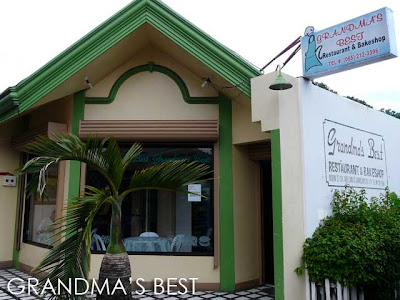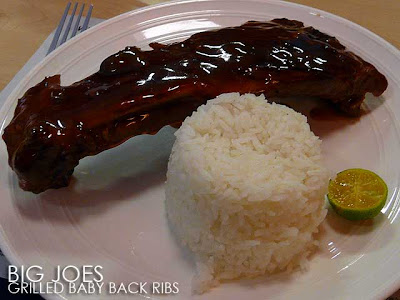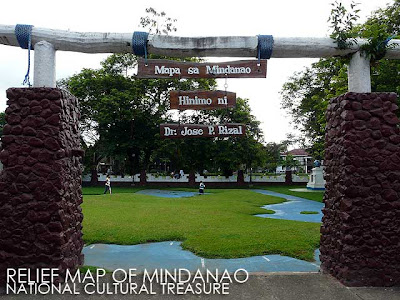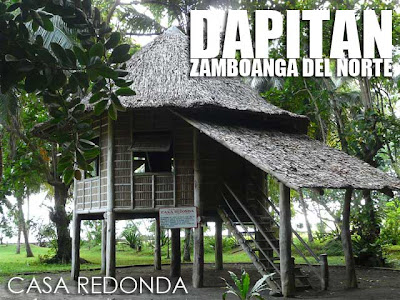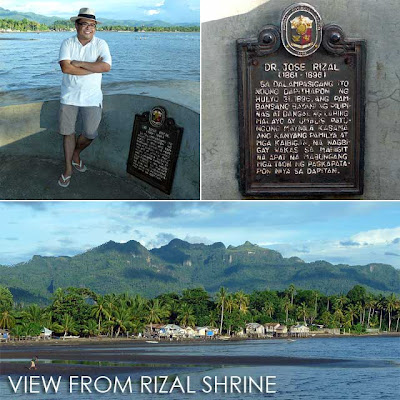
Early in the morning in Silay City, Negros Occidental, at the Silay Public Market, a unique exchange of goods happens. Known to locals as the Delicacy Barter Market, this is where the friendly tindera gets her snacks and kakanin to sell in offices, homes and other places as far as Bacolod City.
The practice originated from the family delicacies of Silay's old clans. Each family had a particular delicacy. And the household staff who prepared them would trade the leftovers with that of other families. Thus the barter of delicacies.

Today though, it has evolved into a unique trading system which is quite complicated to the onlooker but understood by the sellers and suppliers. Each tindera has her suki supplier. So she gets all her goods from a single supplier. The supplier is responsible for getting other goods from other suppliers. Thus the exchange of delicacies. They have a system in place already. And at the end of the day, the tindera would come back and pay her supplier. And the supplier will take care of paying the other suppliers.

At the Delicacy Barter Market, you'd find native kakanin and local delicacies, as well as popular snacks and sandwiches. So if you happen to arrive in Silay City early in the morning, why not swing over to the Delicacy Barter Market at the Silay Public Market to get your local delicacies and snacks at bargain prices!
Part 2: Around the historic center of Silay City





